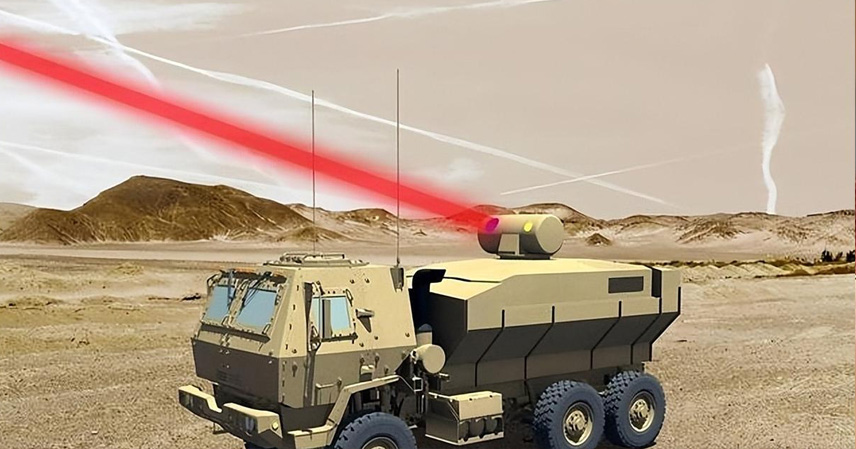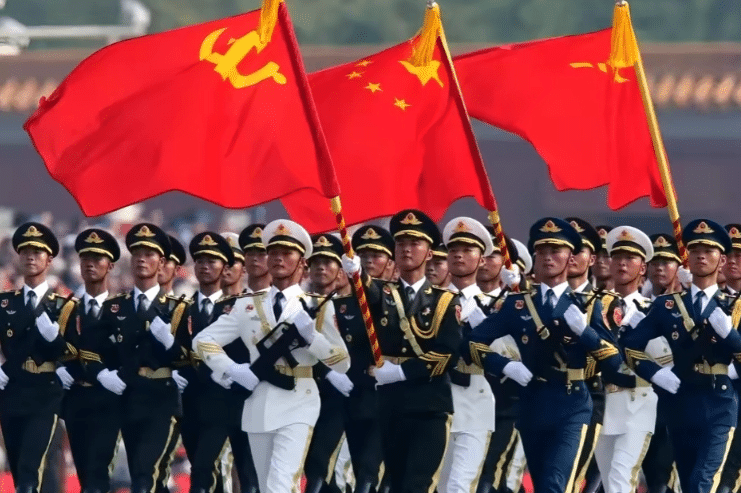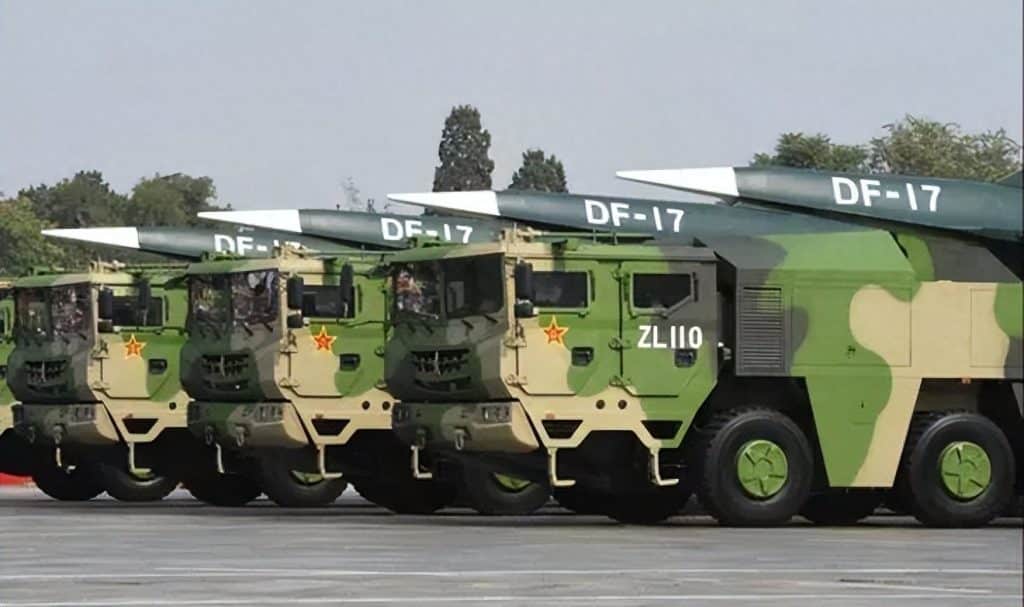In a rapidly shifting Middle East, a new security paradigm is emerging. Saudi Arabia provides funding, Pakistan contributes personnel, and China supplies advanced weaponry—a coordinated “3D-printed” defense architecture that is redefining regional power dynamics.
China’s heavy defense systems, from J-10CE fighter jets and HQ-9BE long-range surface-to-air missiles to the J-35 stealth fighter, once integral to China’s domestic defense, are now being exported into the heart of the Middle East, marking a historic shift in military influence.
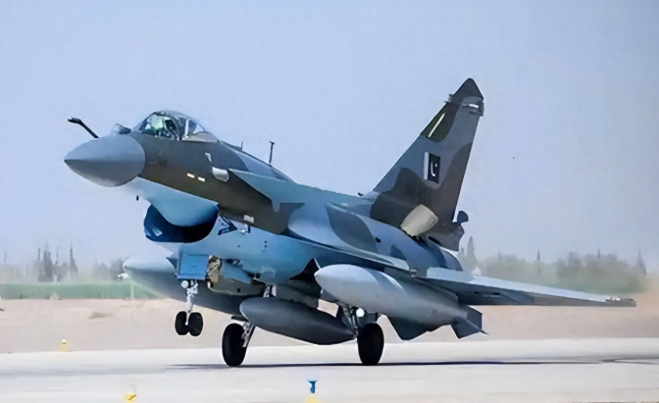
The Catalyst: Strategic Alliances and Regional Anxiety
The Saudi-Pakistan joint defense treaty, signed on September 17, 2025, is the cornerstone of this transformation. It stipulates that any attack on one signatory will trigger a collective defense response, effectively elevating Pakistan from a military advisor to an active ally in the region.
Just two days later, on September 19, Qatar expressed interest in a similar pact. This is a direct reaction to Israel’s airstrike on Qatar and the US’s inaction, which shattered Gulf states’ faith in Washington’s security guarantees.
Pakistan leveraged its proven combat record, particularly its J-10C/CE jets achieving an 8:0 record against Indian Air Force aircraft, to strengthen regional confidence in its military capabilities. Its victories included downing 4 Rafale jets, 1 Su-30MKI, 1 MiG-29UPG, 1 Mirage-2000, and a Heron UAV, demonstrating combat-tested proficiency.
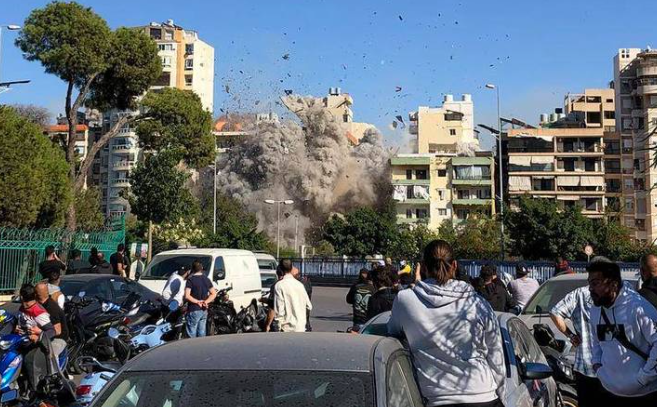
China: The Silent Beneficiary
Amid this evolving landscape, Chinese defense firms emerged as major winners. Saudi Arabia pledged to fund Pakistan’s modernization programs, primarily focused on purchasing Chinese weapon systems.
- J-10CE fighter jets: Orders expanded from 48 to 120–180 units, aimed at replacing Pakistan’s aging F-16 fleet.
- HQ-9BE missile systems: Deployment increased from 4 to 8–12 battalions, covering ranges up to 300 km, designed to counterbalance Indian S-400 systems.
- J-35 stealth fighters: Pakistan plans to acquire 48 units, with total system and ammunition costs exceeding $100 million per jet.
This triad—Saudi funding, Pakistani forces, Chinese technology—establishes a strategic supply chain, unprecedented in scope.
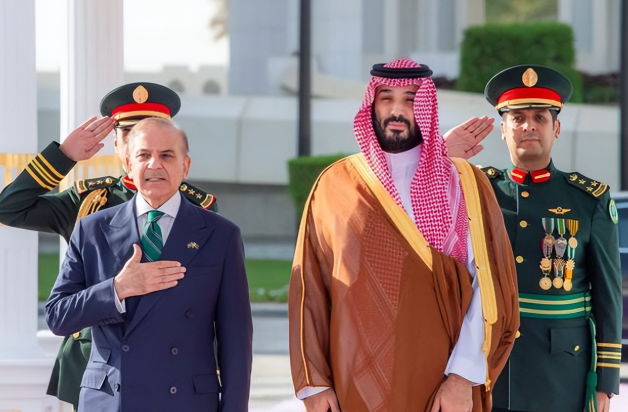
Operational Deployment and Strategic Implications
Unlike conventional arms deals, these Chinese systems will be deployed in the Middle East. Once Pakistani forces are stationed in Saudi Arabia, their inventory will include J-10CE, HQ-9BE, and ZDK-03 AWACS, forming a complete Chinese combat ecosystem.
This move directly challenges U.S. dominance in the region’s arms market and military influence. Gulf states are pivoting from reliance on Washington to a multi-layered, autonomous defense strategy.
Nuclear Deterrence and Regional Balance
An additional strategic layer comes from Pakistan’s nuclear capabilities. With approximately 170 nuclear warheads, Pakistan’s alliance with Saudi Arabia effectively extends a nuclear umbrella, introducing a new deterrence factor in the Middle East.
Indian media, including the Eurasian Times, have noted that such a pact positions Pakistani nuclear forces as a regional deterrent, while local media in Pakistan confirm plans to provide security assurances—signaling serious strategic intent.
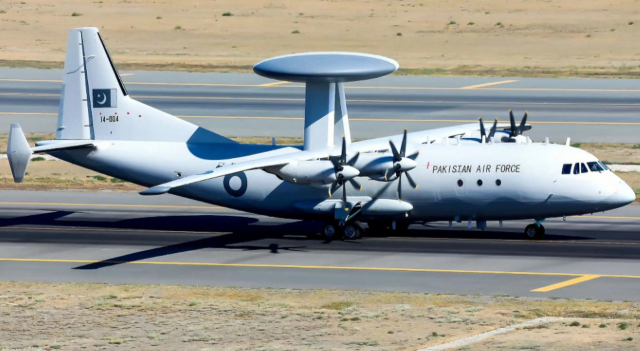
Strategic Outcomes: The Post-American Era
The unfolding scenario marks a structural shift in Middle Eastern security:
- US retreat and credibility erosion: The Doha airstrike demonstrated that American protection is not unconditional.
- Saudi and Qatar strategic autonomy: Multi-directional alliances reduce reliance on a single superpower.
- Pakistan’s regional rise: Combat-proven capabilities and nuclear deterrence position Pakistan as a credible security partner.
- China’s deep penetration: By supplying weapons and integrated defense systems, China gains practical influence without deploying troops.
This tri-party collaboration—funding, manpower, and technology—represents more than a military transaction. It is a strategic, operational, and diplomatic victory for China, and a game-changer for Middle Eastern defense architectures.
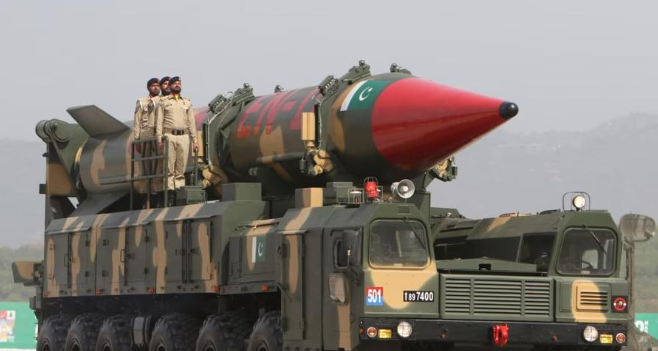
Conclusion
The Middle East is witnessing an unprecedented strategic reconfiguration. With American influence waning, Israel’s unilateral actions exposing allies’ vulnerabilities, and Gulf states seeking diversified security guarantees, a new era of regional autonomy is emerging.
China’s weapons are no longer just exports—they are tools of influence, enabling partners like Saudi Arabia and Pakistan to act independently, deter adversaries, and secure strategic depth.
Silent yet impactful, China has achieved a “victory without deployment”, setting the stage for deeper integration into Middle Eastern security frameworks.

